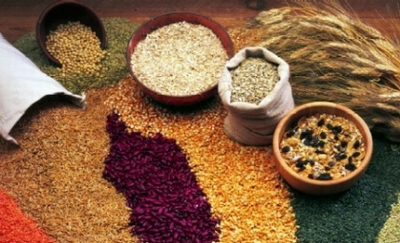
For those who are used to white bread and donuts, switching over to whole grains could come as a challenge. But eating whole grains has many health benefits and can help with management of both weight and cholesterol levels. So how do you go about eating more whole grains? The process starts by identifying what you are currently eating that is not a whole grain and finding whole grains you like to eat instead.
Follow these guides:
Beware of the Box
Since nutritionists have stood up and said that whole grains were the preference, a plethora of packaged food have plastered the words, "Now with Whole Grains" on their boxes. In many cases, the claim of "whole grains" may mean that they are present in a very small percentage. Look for a stamp that says "100%" whole grains and read the ingredients to see that whole grains are among the first ingredients listed.
Swap Out Your Starches
There's been this great fear of carbs over the past several years, and most of that comes from the fact that many people have been eating white rice, white pasta, and white bread, which may be cheap but has very little substance. All carbs turn to sugar, and, eventually, excess sugar turns to fat. Simple starches, which are present in all those "white" foods, move to the sugar category quickly, because they are really half way there before they reach the table. Whole grains take more time to break down, which means you stay full longer and you have a better chance of getting the full use out of those calories.
The easiest swaps are whole grain bread for white bread, whole wheat pasta for white pasta, and brown rice for white rice. Some of these foods may cost more than what you are used to or take longer to prepare, but, once you get used to it, you'll likely find they are more flavorful and satisfying. It may even be difficult to go back to the old choices.
Alternative Grains
There is, of course, more to life than wheat and rice, and once you have stepped away from white grains and rice, you can start incorporating some other types of grains into your diet as well. Here are some that are growing in popularity:
• Quinoa
• Buckwheat
• Barley
• Oats





